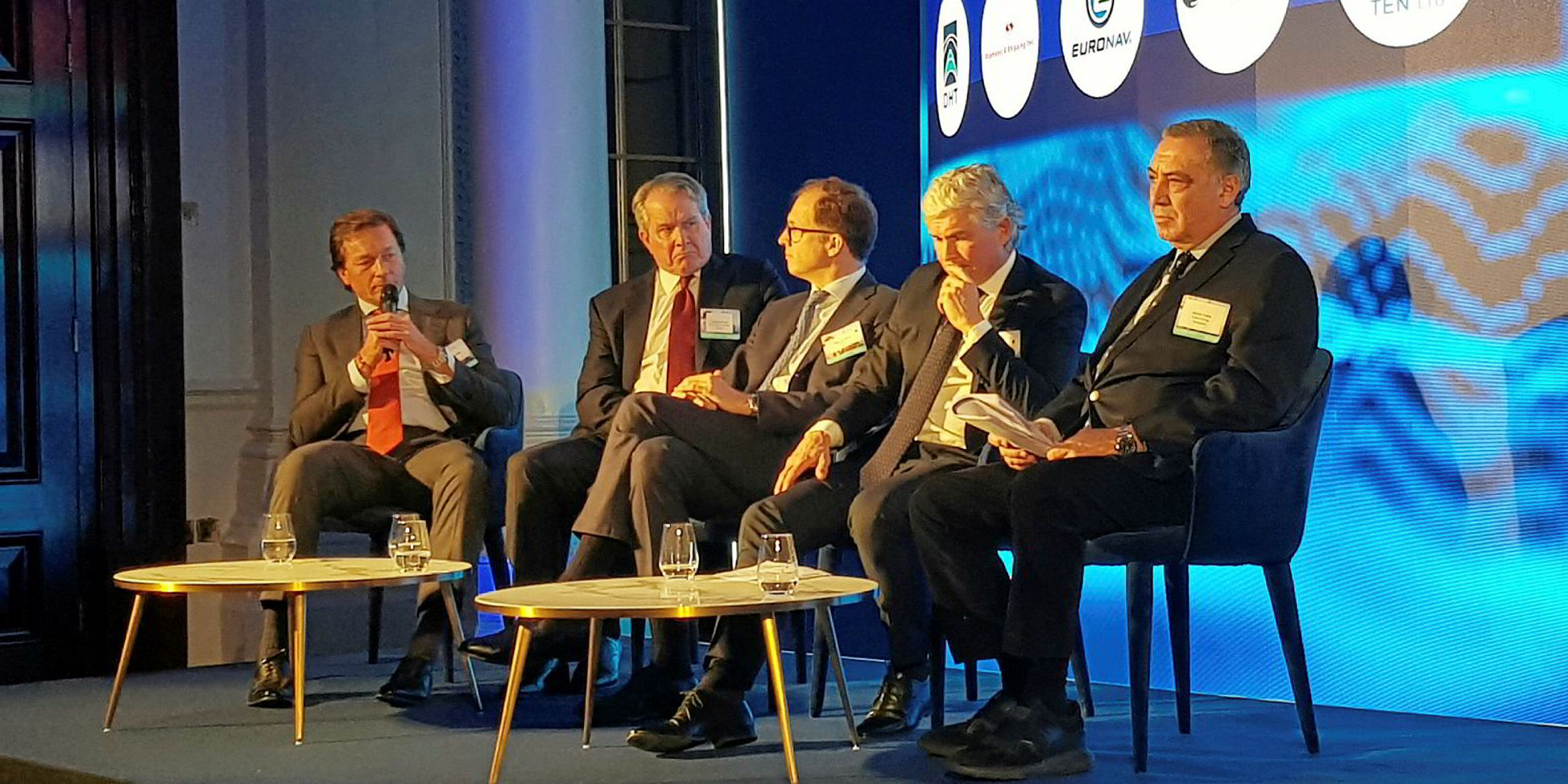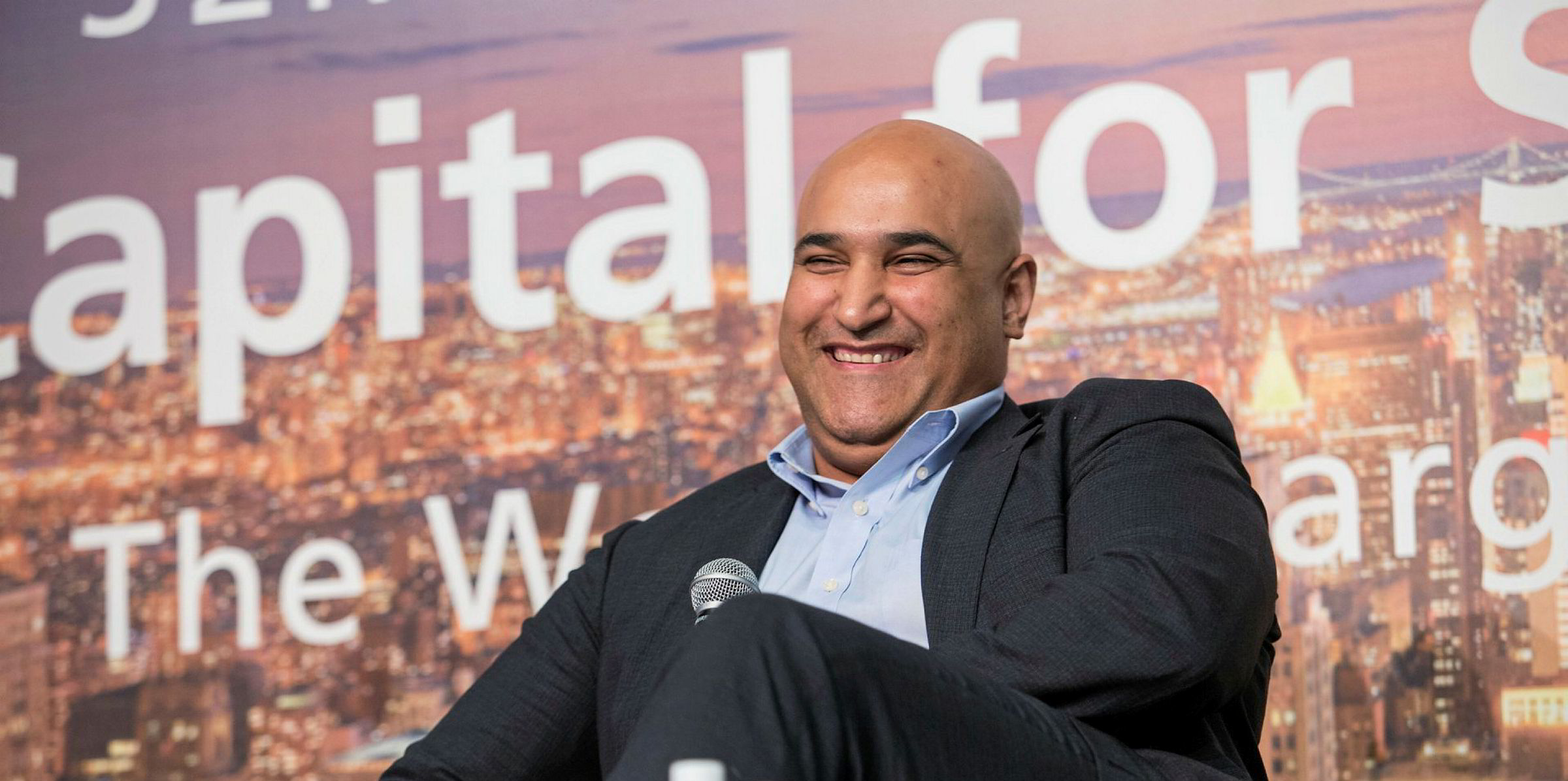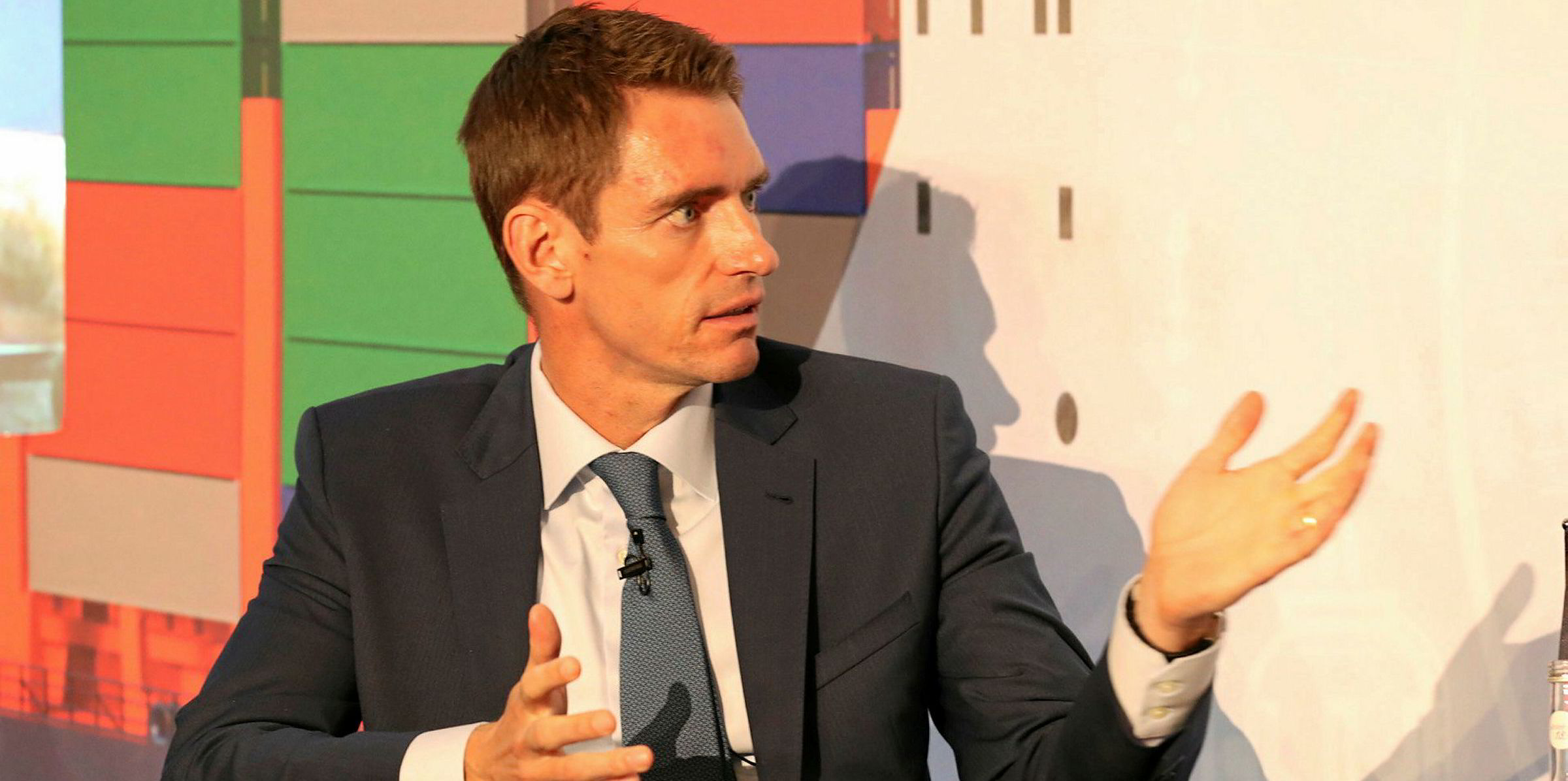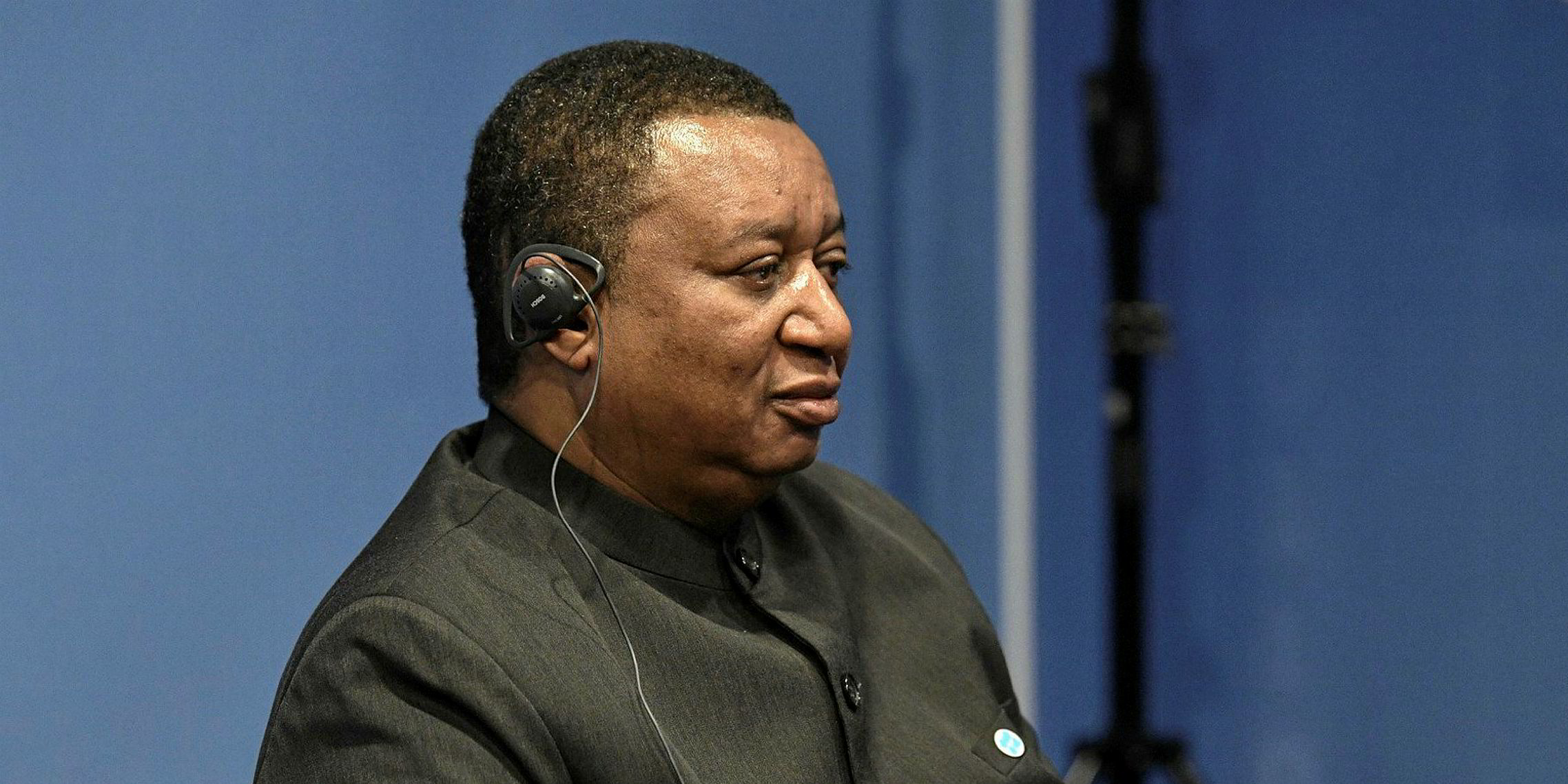Tanker owners are entering the “bliss period” of a market cycle with small orderbooks, growing longhaul trade and IMO 2020, an industry conference has been told.
With this year’s vessel earnings generally meeting, or even exceeding earlier market expectation, major listed owners of crude and product carriers have presented a rosy outlook for 2020.
“Sometimes the market is like a wedding, for short periods of bliss and a lot of misery,” Tsakos Energy Navigation president Nikolas Tsakos said in the Nordea Bank’s annual shipping seminar.
“We are in the bliss period if we work hard.”
Hafnia chief executive Mikael Skov said: “We look at a very healthy supply-demand balanced and that’s really the key.”
Limited fleet growth
Many industry players have pointed out slowing newbuilding deliveries would support tanker earnings in the coming quarters, with most shipowners shying away from planning new orders amid regulatory and macroeconomic uncertainty.
According to Clarksons, the carrying capacity of crude tankers on order accounted for 8.6% of existing fleet as of 1 November, while that of product tankers was equivalent to 6%.
With the IMO setting ambitious targets to reduce greenhouse gas emissions for 2030 and 2050, many ship investors are waiting for further development of low-carbon fuels.
“There are so many question marks as to what our ships are going to be fuelled with for the next 10 or 20 years,” Tsakos said.
“So very few of us will actually take decisions of newbuildings. Without newbuildings, the market maintains a good momentum.”
Moreover, the ongoing US-China trade dispute has plagued the global economic outlook. Diamond S Shipping CEO Craig Stevenson said the upcoming US presidential election would exacerbate the situation.
“What [sitting US President Donald] Trump does is difficult to predict from one day to next…the uncertainty is probably more of an issue,” Stevenson said.
“When things are unpredictable, cash stays on the sidelines. So you don’t build the ships.”
Euronav CEO Hugo De Stoop also agreed that it would be unlikely for shipowners to begin ordering spree like they generally do in an up cycle. Moreover, many of the first wave of double-hull tankers are nearing the end of their lifecycles.
“If the market is bad, there will be enough candidates to recycle and to fix the [oversupply] problem very quickly,” De Stoop added.
IMO 2020
The IMO has required vessels to switch to fuel with lower sulphur contents from January unless they are installed with scrubbers, which is triggering a major shake-up of the oil market.
Global refinery throughput may increase by 400,000 barrels per day (bpd) with refineries increasing the output of compliant fuel, according to De Stoop. “You will add a lot of trades, which will affect both crude and product [tanker demand].”
Svein Moxnes Harfjeld, a co-CEO of DHT, suggested the support would also come from reduced vessel supply for scrubber retrofits.
“We have sort of been expecting…160 [VLCCs] at least to be retrofitted, which is north of 20% of the fleet,” Harfjeld said.
"If you take ships off the service, you reduce the availability of ships”
Longhaul shipping demand
While the Opec’s product cut is expected to last well into next year, increasing crude exports from the Atlantic basin — mainly driven by the US shale output — is expected to boost longhaul tanker trade.
“Of course, Opec cutting is normally not good for our business,” Harfjeld said. “But we would like to think that here is some recognition of non-Opec growth in production, and particularly in the US.”
Stevenson anticipated that US crude exports would grow by 800,000 bpd in 2020 from the current level of 3m bpd, before rising further by another 1.2m bpd in 2021.
“It would be between 5m and 6m bpd two years from now. It’s tremendous. It’s longhaul crude…what we all live for,” Stevenson said.








